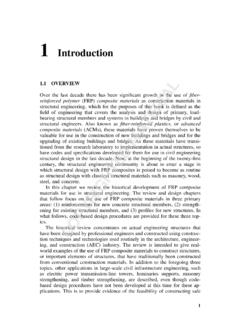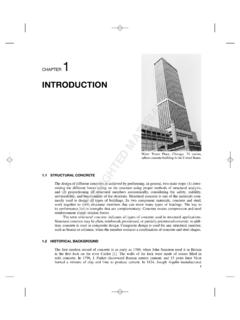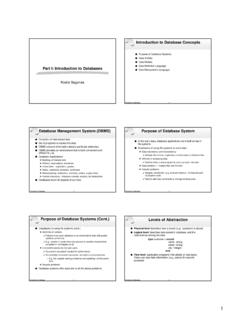Transcription of Introduction to IEC 62368-1 - ewh.ieee.org
1 Introduction to IEC 62368-1includingHazard Based Safety engineering Presented by Richard NutefSLife Senior Member, IEEEC harter Member, PSESP roduct Safety ConsultantVancouver Washington U S AVancouver, Washington, 2012 Richard Nute. Permission to copy if attribution is included1 Some of the material in this presentation is adapted or taken from anITIC presentation PreparingfortheGlobalTransitiontoIEC6236 8 1 anITIC presentation,PreparingfortheGlobalTransi tiontoIEC623681,by Flore Chiang, Staff Engineer, Product Safety, Underwriters LaboratoriesTaiwan Co., Ltd., September, 2011. an Orange County PSES Chapter presentation on IEC 62368 1byCharlesBayhi, Principal Consultant, CPSM Corporation, January, 2011.
2 A Santa Clara PSES Chapter presentation, Transition to a New HazardBased Safety Standard, IEC 62368 1, by Kevin Ravo, UnderwritersLaboratories, Inc., October, 2010. IEC 62368 1 Technical Brief, HBSE s Three Block Models, by Jesson Chen,Underwriters Laboratories Taiwan Co., Ltd., April 16, 2012 Richard Nute. Permission to copy if attribution is included262368 1,2ndEdition623681, 2nd Edition62368 1,2ndEdition623681, 2nd EditionIEC 62368-1 innovations Introduces models Introduces the concept of - model for injury- model for safetypsafeguards- basic safeguard Classifies energy sources - class 1: may be detectable- supplementary safeguard- reinforced safeguardAlifdb d- class 2: may be painful- class 3: capable of causing inj r Applies safeguards based on persons-ordinary personinjury-ordinary person- instructed person- skilled person12-Feb-12 2012 Richard Nute.
3 Permission to copy if attribution is included5pFor each form of energy, there is a threshold level for injury to a body part. An energy source exceeding the body threshold level for that form of energy is a jyypFor energy above this An energy source less than the body gyhazardous energy energy below this gythreshold, injury is possiblethreshold level for that form of energy is a non-hazardous energy , injury is not likely 12-Feb-12 2012 Richard Nute. Permission to copy if attribution is included6 HBSE dlfijHBSE model for injuryAn injury occurs ONLY when energy of sufficientmagnitude and duration is imparted to a body PartSourceMechanism12-Feb-12 2012 Richard Nute.
4 Permission to copy if attribution is included7 HBSE model for safetyNo injury occurs when a safeguard is interposedbetween a hazardous energy source and a body PartSourceEnergy source classificationsEnergy source classificationsEnergy sourceclass Effect on the body Effect on combustible materialsClass 1 May be detectable, but is not painful nor is it likely to cause an injury. Ignition not likelyClass 2 May be painful, but is not likely to cause an injury. Ignition possible, but limited growth and spread of fireClass 3 Capable of causinginjury. Ignition likely, rapid growth and spread of fire12-Feb-12 2012 Richard Nute.
5 Permission to copy if attribution is included9 Energy class magnitudesElectric shockElectrically-MechanicalEnergy class magnitudesEnergy source classElectric shock injury Electrically-caused fire Mechanical injury Thermal injury ES-1, -2, -3PS-1, -2, -3MS-1, -2, -3TS-1, -2, -3 Class 1< 30 V rms or < mA< 15 watts< 7 kg mass< 48 CClass 2< 50 V rms or < 5 mA< 100 watts< 25 kg mass< 58 CClass 3> 50 V rms and > 5 mA> 100 watts> 25 kg mass> 58 C12-Feb-12 2012 Richard Nute. Permission to copy if attribution is included10 Safeguard typesSafeguardphysical part or system or instruction specifically provided to reduce the likelihood of pain or injury, or, for fire.
6 To reduce the likelihood of ignition or spread of firegpEquipmenta physical part of the equipmentInstallationa physical part of the installationPersonalpersonal protective equipment that is worn on the bodypp qpyInstructionala visual or audible indicator or message invoking a specified behaviouron the part of a person and that is intended to reduce the likelihood ofInstructionalon the part of a person and that is intended to reduce the likelihood of transfer of class 2 or 3 energy to a body part ( , a warning)12-Feb-12 2012 Richard Nute. Permission to copy if attribution is included11 Equipment safeguardsSafeguardphysical part or system or instruction specifically provided to reduce the likelihood of pain or injury, or, for fire.
7 To reduce the likelihood of ignition or spread of firegpBasicis operational under normal operating conditions and under abnormal operating conditions whenever an energy source capable of causing pain or injury is present in the equipmentcapable of causing pain or injury is present in the equipmentSupplementaryapplied in addition to the basic safeguard that is or becomes operational in the event of failure of thebasic safeguardoperational in the event of failure of the basic safeguardReinforcedsingle safeguard that is operational under: normal operating conditions,Reinforced abnormal operating conditions, and single fault conditionscomprising both abasic safeguardand asupplementaryDoublecomprising both a basic safeguard and a supplementary safeguard12-Feb-12 2012 Richard Nute.
8 Permission to copy if attribution is included12 PersonsPersonsPersonWhoMinimum required safeguardsClass 2 Class 3 OrdinaryAll personsbasicbasic + supplementary, or reinforcedInstructedpersons who have been instructed and trained by a skilled personprecautionary safeguardbasic + supplementary, or reinforcedSkilled persons who have training or experience in class 2 and 3 energy sourcesskill safeguardand 3 energy sources12-Feb-12 2012 Richard Nute. Permission to copy if attribution is included13 Ordinary person safeguardsOrdinary person safeguardsAll accessible parts shall be a Class 1 source (ES1, PS1, MS1, TS1)12-Feb-12 2012 Richard Nute.
9 Permission to copy if attribution is included14 Instructed person safeguardsSkilled person safeguardsIEC 62368-1 What is it? New Safety Standard for-Consumer Electronic (Audio/Video) Apparatus-Information Technology Equipment-Communication Technology Equipment Hazard-Based Technology Independent Based on- Sound engineering Principles,ExistingIEC Horizontal Standards-Existing IEC Horizontal Standards-Research, and-Field Data12-Feb-12 2012 Richard Nute. Permission to copy if attribution is included17 NOT a simple merger of IEC 60065 and IEC 60950-1 IEC62368 isthreedocumentsIEC 62368 is threedocumentsIEC 62368-1TR 62368-1 IEC 62368-2 IEC 62368-1TR 62368-1 IEC 62368-212-Feb-12 2012 Richard Nute.
10 Permission to copy if attribution is included18 HBSE vs. IEC 62368-1 HBSEis a comprehensi eengineering approachto design safe is a comprehensive engineering approach to design safe productsIEC 62368-1 IEC 62368-1 scopeis broad and inclusive of the current IEC 60065 and IEC 60950-1 follows a different approach to safety using HBSE principles uses performance tests to demonstrate safetypy Hazard-Based approach is different than the more prescriptive approach taken by the existing standards IEC 60065d IEC 60950160065 and IEC 60950-112-Feb-12 2012 Richard Nute. Permission to copy if attribution is included19 Benefits of Hazard-Based standard Easier Introduction of new technology to the marketplace Provides single standard for a broad range of products Allowsminimization ofnational/regional differencesAllowsminimization of national/regional differences Design freedom StablePiftibifit Preserves information on basisfor requirements Understandable User friendly12-Feb-12 2012 Richard Nute.
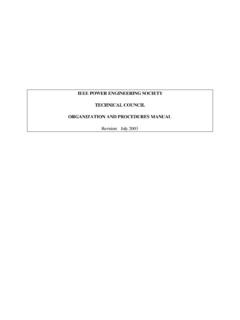
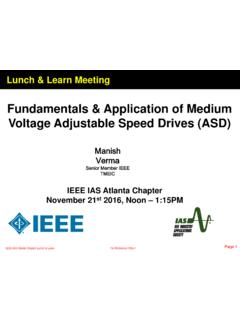
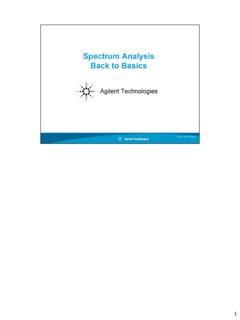

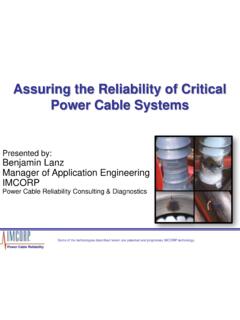
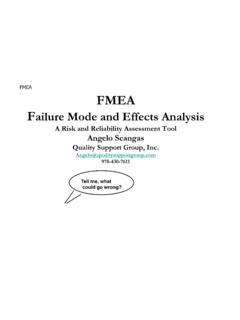
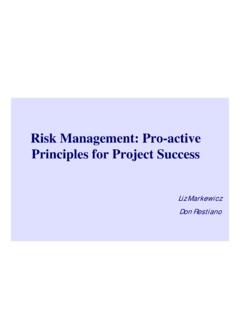
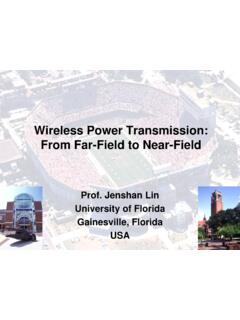
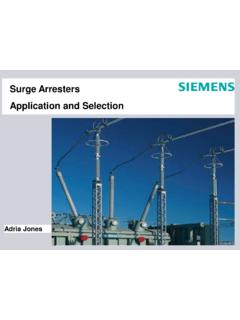
![Wind Farm Electrical Systems.pptx [Read-Only] - IEEE](/cache/preview/8/3/4/a/7/7/3/b/thumb-834a773be91d444a92c541b6bc1b2269.jpg)
